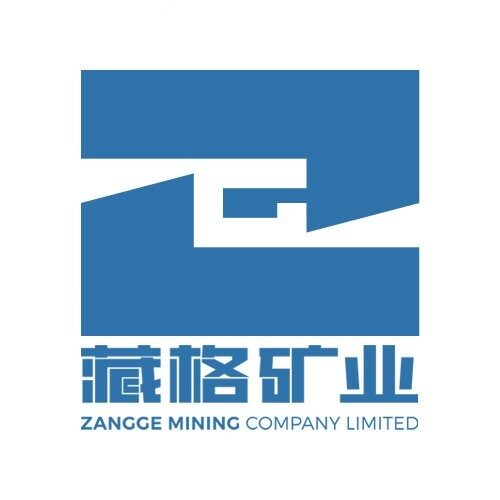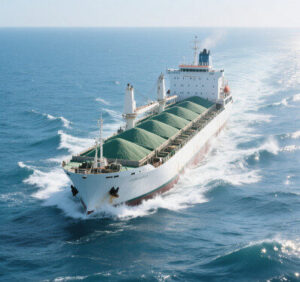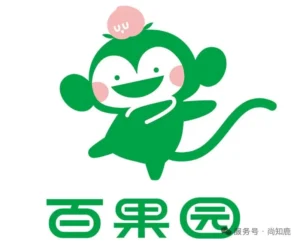On July 17, 2025, Zangge Mining (000408.SZ), China’s second-largest potash producer, was ordered to suspend its lithium extraction activities at its subsidiary, Golmud Zangge Potash Co., Ltd. This decision follows the discovery of regulatory violations by local authorities and highlights the Chinese government’s increasing oversight of the lithium sector amid surging demand for this critical battery metal.
Regulatory Crackdown: Immediate Suspension and Compliance Requirements
The suspension order was issued jointly by the Haixi Prefecture Natural Resources Bureau and the Haixi Salt Lake Administration on July 16, 2025. The notice demanded an immediate cessation of unauthorized lithium extraction activities and outlined several key directives for Zangge Mining:
- Immediate Suspension: All lithium-related mining operations were to be halted promptly.
- Legalization of Permits: The company must obtain permits for lithium mining before applying for resumed production.
- Enhanced Accountability: Zangge Mining must strengthen its compliance with China’s strict mineral resource laws.
Zangge Mining has confirmed its commitment to complying with the order by ceasing operations at Golmud Zangge Lithium Co., Ltd. while expediting the permit application process.
Reasons Behind the Production Halt
The primary reasons for the suspension are as follows:
- Lack of specialized licensing: Historically, Zangge treated lithium as a byproduct of potash mining and did not have a permit for lithium extraction. However, due to the evolving regulatory landscape, separate licensing for lithium is now mandatory.
- Impact on Production Targets: The company set a production target of 11,000 metric tons of lithium carbonate for 2025. By the first half of 2025, Zangge had produced 5,350 metric tons (MT) and sold 4,470 MT, generating 49 million CNY (6.7 million USD) in net profit. This accounted for only 2.8% of Zangge’s total H1 profit.
- Limited Financial Impact: Although the suspension affects lithium operations, the company’s potash and copper mining activities remain unaffected. Zangge’s net profit for the first half of 2025 is projected to remain robust, ranging from CNY 1.75 billion to CNY 1.9 billion, primarily due to investment gains from Tibet Julong Copper.
Broader Implications for China’s Lithium Industry
- Tightened Regulations on Salt Lake Lithium: China is enforcing stricter controls on the extraction of lithium from salt lakes, a vital supply source for the electric vehicle industry. Similar compliance demands may extend to other major producers, such as Tibet Mineral Development and Ganfeng Lithium.
- Market Reaction: Following the announcement, lithium carbonate futures prices increased by 5%, reflecting concerns about potential supply disruptions. Zangge’s stock dipped slightly, by 1.3%, but remains stable, buoyed by strong earnings from copper and potash operations.
- Strategic Shift to Tibet: Zangge Mining recently secured a mining license for the Mami Cuo Salt Lake in Tibet, which contains 217,740 metric tons of lithium carbonate reserves. Production is expected to begin in 2026, reducing the company’s reliance on its operations in Qinghai and establishing Tibet as a key lithium hub.
Balancing Compliance with Growth
Zangge Mining’s suspension of lithium operations highlights China’s dedication to fostering sustainable mining practices, even at the expense of short-term production. Although the halt has a minimal immediate financial impact, it signifies several important trends:
- Stricter enforcement: The Chinese government is enforcing mining regulations more stringently, emphasizing legal compliance.
- Industry consolidation: In the long term, the lithium industry may consolidate, favoring companies that fully adhere to regulatory requirements.
- Growth in Tibet: Developing Tibet as a significant lithium production center will offset regulatory challenges in Qinghai.
Although Zangge Mining aims to resolve its permit issues within months, this episode serves as a warning to the broader lithium sector that legal compliance is now as crucial as production scale in ensuring sustainable growth.









